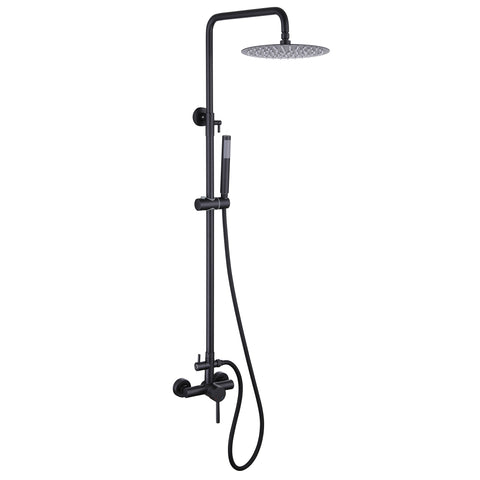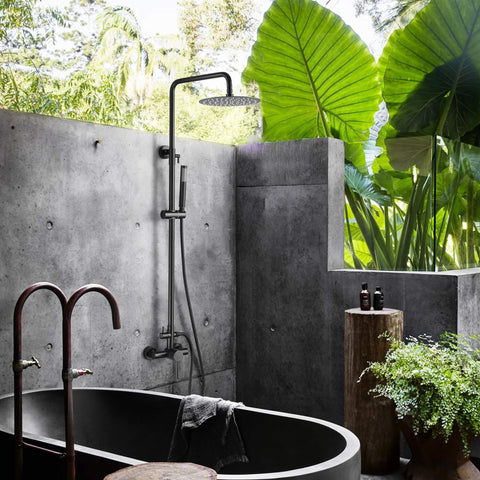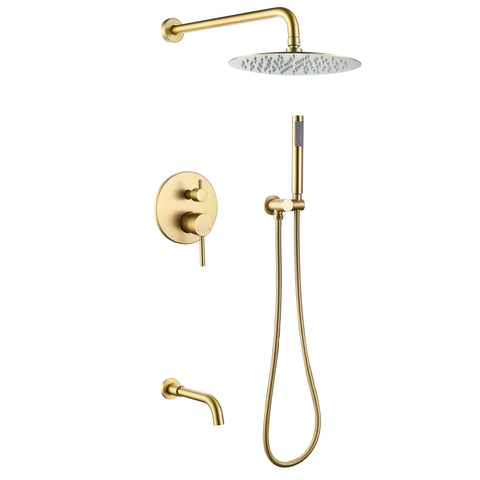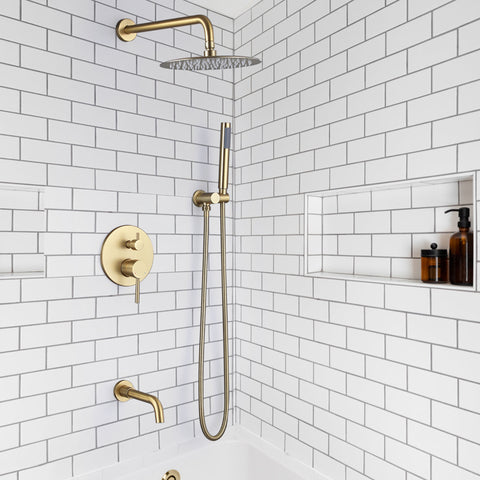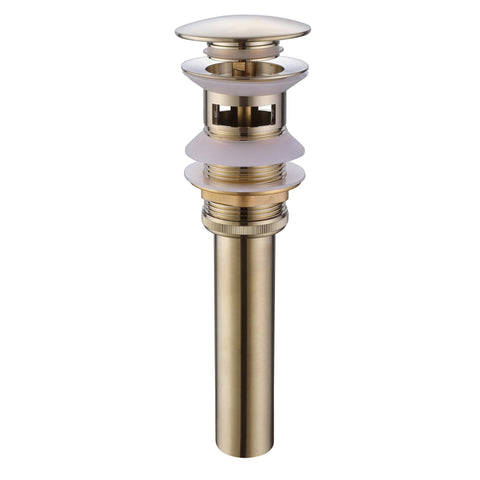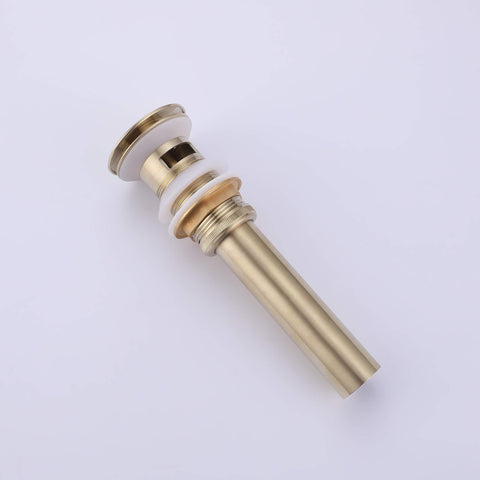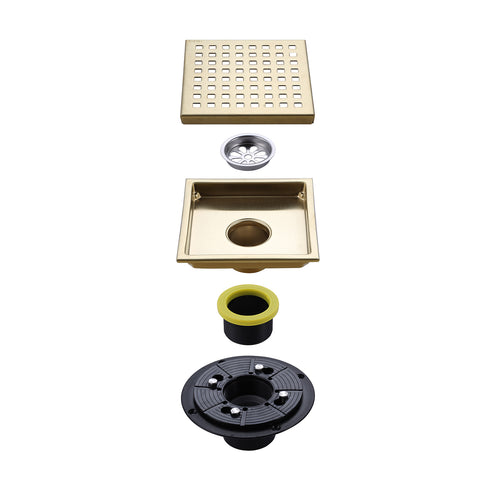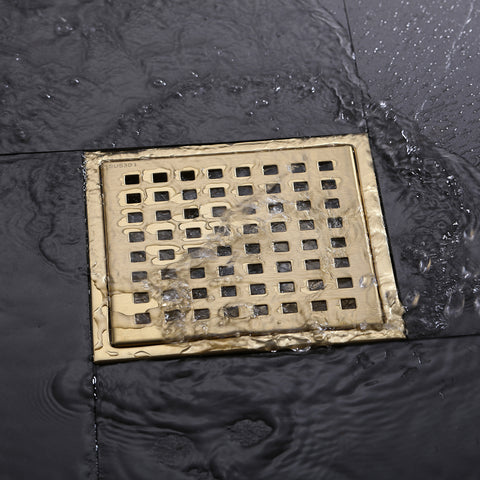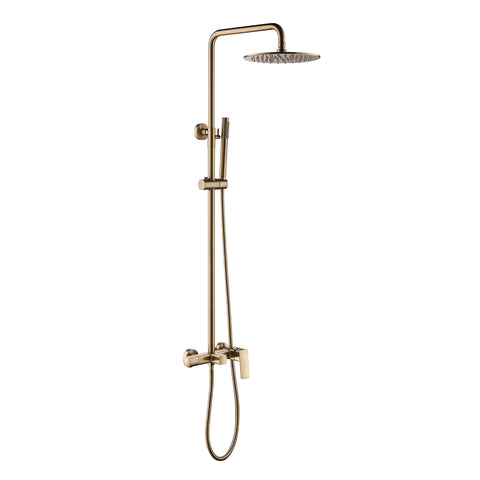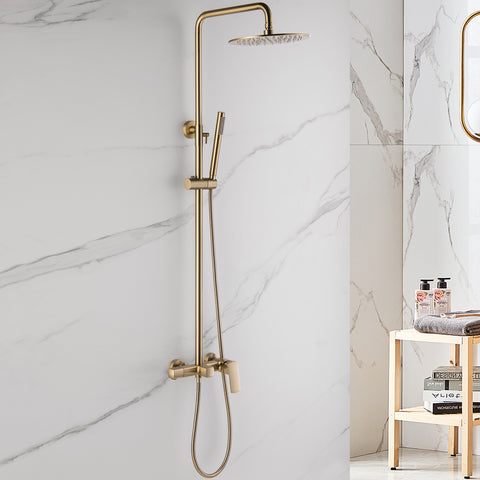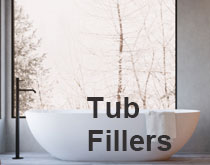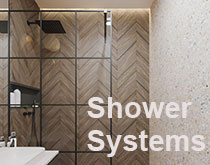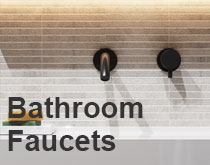Can I Use a Kitchen Faucet in the Bathroom? Exploring the Possibilities
When it comes to home improvement or remodeling projects, it's not uncommon for homeowners to get creative with their choices. One common question that arises during bathroom renovations is whether a kitchen faucet can be used in the bathroom. After all, both faucets serve similar functions, so it's natural to wonder if they are interchangeable. In this blog, we'll delve into the factors to consider when deciding whether you can use a kitchen faucet in the bathroom and explore potential pros and cons of this idea.

The Differences Between Kitchen and Bathroom Faucets
Before we discuss whether it's possible to use a kitchen faucet in the bathroom, it's essential to understand the key differences between the two types of faucets.
- Design and Aesthetics: Kitchen faucets are often larger and more robust in design, with taller spouts and a more industrial look. Bathroom faucets are typically smaller, more delicate, and designed to complement the bathroom's decor.
- Water Flow and Pressure: Kitchen faucets are built to deliver higher water flow and pressure for tasks like filling pots and cleaning dishes. Bathroom faucets are optimized for gentler tasks such as handwashing and brushing teeth.
- Mounting and Installation: Kitchen faucets may require single- or multi-hole configurations, while bathroom sinks often follow a 3-hole format for centerset or widespread faucets.
Factors to Consider
- Size and Space: Kitchen faucets tend to be larger and may not fit comfortably within the limited counter and sink space of a bathroom.
- Water Flow Control: Higher flow rates may lead to splashing in shallow bathroom basins, resulting in mess and water waste.
- Functionality: The ergonomics and flow control of a bathroom faucet are better suited for facial cleansing and toothbrushing compared to kitchen faucets.
- Aesthetics: The style and finish of kitchen faucets may look out of place in a bathroom setting, potentially disrupting the visual harmony.
- Plumbing Compatibility: Some kitchen faucets require different spacing or water line connections, which could involve extra installation costs or adapters.
Pros and Cons
Pros:
- Unique and unconventional design choice.
- Larger spout can help with filling buckets or containers in the bathroom.
Cons:
- Oversized design may overwhelm bathroom sinks and look disproportionate.
- Higher water pressure can cause splashing or waste.
- Potential plumbing incompatibility may require costly modifications.
- May not deliver the same comfort and control for everyday grooming tasks.
While it might be tempting to use a kitchen faucet in the bathroom due to its distinctive style or availability, functionality and proportion should remain top priorities. Faucets are purpose-built for their respective environments, and mismatching them can create usability issues or design disharmony.
Ultimately, it's better to choose a faucet that is designed specifically for bathroom use—one that balances performance, aesthetics, and compatibility. If you're seeking something unique, many bathroom faucets today offer creative finishes and forms to match your bold design ideas—without sacrificing usability or requiring plumbing workarounds.
As always, consult a professional plumber or renovation expert if you're unsure about fixture compatibility before installation. Practicality and peace of mind are always worth the effort in your remodeling journey.
